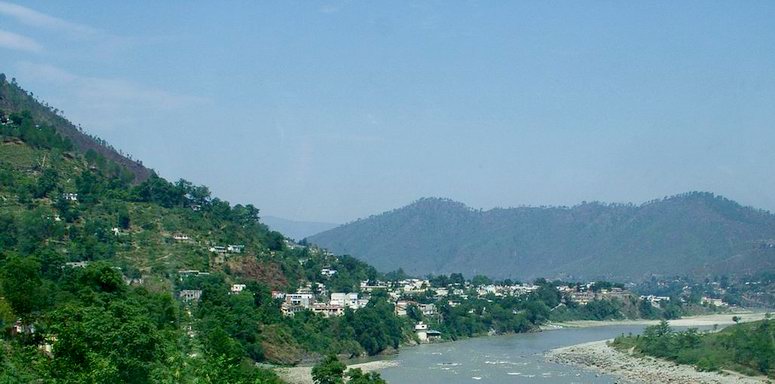Nestled in the foothills of majestic Himalayas and on the banks of Alaknanda River sits the historic town of Srinagar. Srinagar received its name from Sri Yantra, a mythical giant rock so evil that whoever set their eyes on it would immediately die. The rock was believed to have taken as many as thousand lives before Adi Shankaracharya, in the 8th century AD, as a part of an undertaking aimed to rejuvenate the Hindu religion across India, visited Srinagar and turned the Sri Yantra upside down and hurled it into the nearby river Alaknanda. To this day, this rock is believed to be lying docile in the underbelly of the river. That area is now known as Sri Yantra Tapu.

For centuries, Srinagar has been the Capital of the Garhwal Kingdom until the arrival of the British. The town has weathered at least two catastrophic events in its recent history. First, on September 8, 1803; a powerful earthquake that shook the entire region of Uttarakhand proved to be devastating for Srinagar in particular. The intermittent earthquakes along with heavy downpour and landslides wreaked havoc on this small town wiping out almost all of the structures and relics of the town that stood there for centuries. The cruel tragedy struck the town again, when on August 26, 1894, over 10,000 million cubic feet of water from the breached Gohna Tal (Lake) near the town of Chamoli swept away the town of Srinagar completely.
The modern day Srinagar was re-established by the British during 1897-99. Mr E. K. Pauw, the then Deputy Commissioner, British Garhwal, after the old capital was totally washed off and destroyed by the floods, planned a new grid-iron pattern town and relocated it to the third upper terrace to the SE of the old site. Srinagar was given the urban status in 1931. Today, with home to H N Bahuguna Garhwal University (formerly Garhwal University), Srinagar is a major economic, cultural, and educational center in the region.



